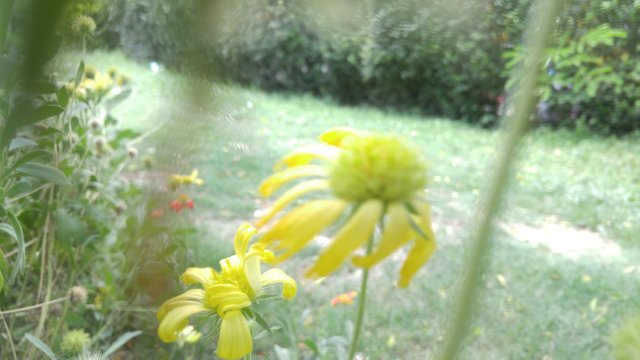DSLR Manual Mode Tricks - How to focus - Exposures
Beginners tips of using DSLR manual mode: Pro method:
Manual mode gives best result than auto mode at some occasions.

What it is?
Other than full auto mode you can also control full manual mode settings, only manual mode can let you use/adjust aperture and shutter independently.
For more information visit the website : https://www.cnet.com/news/what-are-all-those-camera-modes-for-anywayWho can use it?
Manual mode is for everyone with camera containing mode dial in the camera. It can be physical, virtual, DSLR etc.
Using Manual mode is tons easier with a digital camera than it previously was with film, because you can see immediately if the settings aren't working. Even with modern film cameras, the light meter in the viewfinder would indicate if the exposure was "correct," but usually you had to rely on rules of thumb like Sunny 16 to figure out where to start. Now, if you have no clue what settings to start with, you can stick it in Program mode or Shutter-priority mode and see what the camera chooses, then switch to Manual and adjust from there.When to use it?
Many real photographers uses manual mode for photography, by that way you tell the the camera what to do and what you want in the captured picture, no surprises with auto mode.
While I disagree with the "real photographers". Rreal photographers use whatever tools they have or want to get the job done and aren't afraid to be seen using some automation when it's more efficient.
LETS START:
In the beginning, the best times to start out with Manual mode are:
When you photograph the same thing under the same conditions, over and over again.
For instance, when I first started shooting a particular night scene for camera testing, I'd repeatedly try spot metering off different places to get the exposure I wanted in Shutter-priority mode (with fixed ISO sensitivity, since that's what I'm testing). Then came my "D'oh!" moment, and I switched to manual, since I'd already figured out the settings I needed. Since each camera's a little different, I still have to tweak the settings, but it's still much faster.

When you're photographing under unchanging lighting.
Why make the camera recalculate the exposure with every shot? And even though the lighting isn't changing, chances are the camera will still deliver different exposure choices for similar shots if you're using some form of auto.

When the lighting is changing radically.
Setting your shutter speed and aperture and allowing Auto ISO sensitivity to float the setting ensures your shutter speed and aperture will stay in the safe zones. Normally I don't recommend Auto ISO, but in very dark conditions you're going to end up with a high sensitivity anyway, so you might as well just end up with it automatically.
When the metering system delivers unexpected exposures.
How many times has your camera produced an under- or overexposed shot based on its metering decisions, and you just keep retaking and retaking, hoping the next will be different? It's the definition of insanity, and I'll be the first to admit I've been there.

When shooting video.
In video, decisions about shutter speed and aperture have even more importance than with stills. For instance, in a still, 1/250 second might stop the action, but in a video, it gives it a jittery look that you might want in order to convey speed.